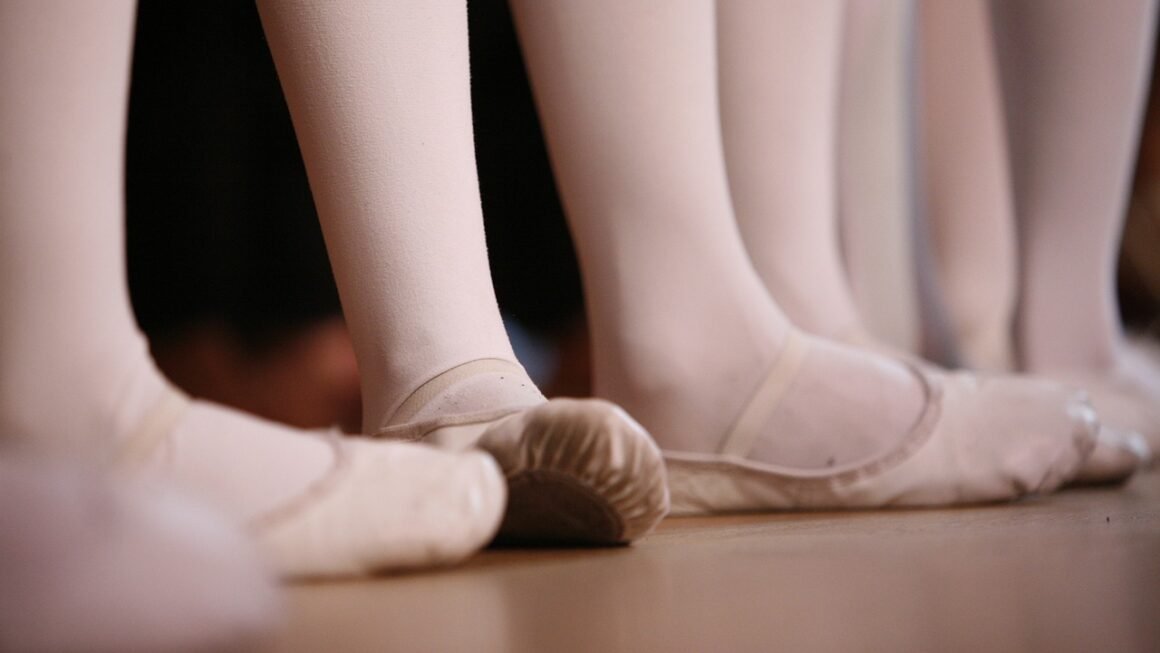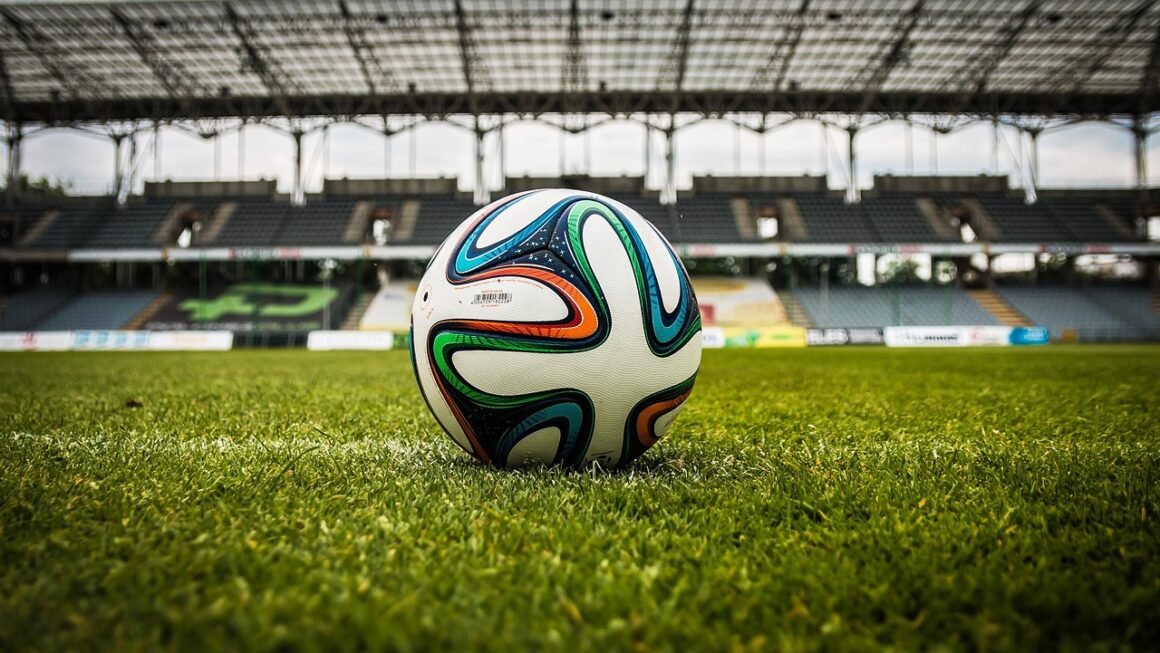Freestyle wrestling: a dynamic and exhilarating combat sport where agility, strength, and strategy converge. Unlike other forms of wrestling, freestyle offers a unique set of rules and techniques that reward aggressive and skillful athletes. Whether you’re a seasoned wrestling fan or new to the sport, understanding the nuances of freestyle wrestling will deepen your appreciation for this captivating discipline. Let’s dive into the world of takedowns, throws, and technical superiority that define freestyle wrestling.
What is Freestyle Wrestling?
Freestyle wrestling is one of the two international wrestling styles contested at the Olympic Games (the other being Greco-Roman). It distinguishes itself through its ruleset, which allows wrestlers to use their legs and arms in offensive and defensive maneuvers. This contrasts with Greco-Roman wrestling, where holds are restricted to above the waist. Freestyle wrestling is known for its fast pace, explosive movements, and emphasis on securing takedowns and exposure points.
Key Differences from Greco-Roman Wrestling
- Leg Usage: The primary difference lies in the use of legs. In freestyle, wrestlers can actively use their legs to attack or defend against takedowns, providing a wider range of techniques. Greco-Roman prohibits leg attacks.
- Emphasis on Takedowns: Freestyle wrestling often sees a greater emphasis on dynamic takedowns due to the freedom of leg usage, leading to more varied and exciting matches.
- Scoring Opportunities: While both styles offer similar point values for certain actions, the broader rule set in freestyle creates more opportunities for scoring.
Historical Context
Freestyle wrestling evolved from catch wrestling traditions in the late 19th century. It was included in the Olympic Games in 1904, solidifying its place as a prominent international sport. Over the years, the rules and techniques have been refined to promote safety, fairness, and athleticism.
Rules and Scoring
Understanding the rules and scoring system is essential for appreciating the strategy and tactics involved in freestyle wrestling. The objective is to pin your opponent or accumulate more points than them during the match.
Match Structure
- Rounds: A typical freestyle wrestling match consists of two three-minute periods, separated by a 30-second break.
- Mat Area: Matches take place on a circular mat, divided into a central wrestling area and a passive zone. Stepping outside the central area results in a point for the opponent.
- Referees: Referees oversee the match, ensuring fair play, awarding points, and stopping the action when necessary (e.g., due to injury).
Scoring System
Points are awarded for various actions, including:
- Takedown (2 points): Controlling your opponent and bringing them down to the mat from a neutral standing position.
Example: A single leg takedown where you secure one of your opponent’s legs, lift, and bring them down, establishing control.
- Exposure (2 or 4 points): Exposing your opponent’s back towards the mat. An exposure is awarded when a wrestler’s shoulders are within four inches of the mat or when one shoulder touches the mat and the other is at an angle of 45 degrees or less. If the exposure lasts for more than two seconds, it is worth 4 points.
Example: Rolling your opponent onto their back after a takedown and holding them in a precarious position.
- Reversal (1 point): Gaining control of your opponent from a defensive position.
* Example: Escaping from the bottom position and gaining top control over your opponent.
- Penalty (1 point): Awarded to the opponent for rule infractions such as stalling or illegal holds.
- Technical Superiority (10 point lead): If one wrestler gains a 10-point lead over their opponent, the match is automatically stopped, and the leading wrestler is declared the winner.
- Pin: Holding your opponent’s shoulders to the mat for a specified amount of time (usually one second) results in an immediate victory.
Important Rules
- Stalling: Wrestlers are penalized for inactivity or avoiding engagement. Repeated stalling can lead to point deductions and eventually disqualification.
- Illegal Holds: Certain holds and techniques are considered illegal and can result in penalties. Examples include striking, headbutting, and applying pressure to joints in an unsafe manner.
- Passivity Zone: If both wrestlers are deemed passive, they are brought to the center of the mat, and one wrestler is placed on a shot clock to be active within 30 seconds or concede a point.
Essential Techniques
Mastering fundamental techniques is crucial for success in freestyle wrestling. These include takedowns, escapes, and pinning combinations.
Takedowns
Takedowns are the foundation of freestyle wrestling, allowing wrestlers to gain control and initiate offensive attacks.
- Single Leg Takedown: Securing one of your opponent’s legs, lifting, and driving them down to the mat.
- Double Leg Takedown: Penetrating between your opponent’s legs and securing both legs before driving forward to take them down.
- High Crotch Takedown: Securing one of your opponent’s legs high up on the thigh and driving them to the mat.
- Ankle Pick: Quickly snatching an opponent’s ankle to off-balance and bring them down.
Escapes and Reversals
Escaping from a defensive position and reversing control are critical skills for avoiding points and gaining an advantage.
- Stand-Up Escape: Quickly standing up from the bottom position to break free from your opponent’s control.
- Sit-Out Escape: Sitting out to the side to create space and escape your opponent’s grip.
- Granby Roll: A dynamic roll used to escape and potentially gain control of your opponent.
- Switch: A quick change of position from bottom to top, often used to capitalize on an opponent’s mistake.
Pinning Combinations
Securing a pin is the most decisive way to win a freestyle wrestling match. Wrestlers often use a series of techniques to transition from takedowns to pinning combinations.
- Cradle: Wrapping your arms around your opponent’s head and leg to secure a tight hold and force them onto their back.
- Half Nelson: Placing your arm under your opponent’s arm and applying pressure to the back of their neck.
- Headlock: Wrapping your arm around your opponent’s head and applying pressure to their neck and shoulder.
Training and Conditioning
Freestyle wrestling demands a high level of physical fitness, technical skill, and mental toughness. Training regimens typically include strength training, cardiovascular conditioning, and technical drills.
Strength Training
- Weightlifting: Exercises such as squats, deadlifts, bench presses, and overhead presses are essential for building strength and power.
- Bodyweight Exercises: Push-ups, pull-ups, dips, and core exercises improve strength and endurance without the need for equipment.
- Explosive Movements: Exercises like plyometrics and medicine ball throws enhance explosive power, which is crucial for takedowns and throws.
Cardiovascular Conditioning
- Running: Interval training, sprints, and distance running improve cardiovascular endurance and stamina.
- Wrestling Drills: Intense drilling sessions help wrestlers develop conditioning while honing their technical skills.
- Swimming: Provides a low-impact form of cardio that can help improve endurance and recovery.
Technical Drills
- Takedown Drills: Repetitive practice of takedown techniques to improve speed, accuracy, and efficiency.
- Escape Drills: Practicing escape techniques to improve agility and reaction time.
- Live Wrestling: Sparring with training partners to simulate match conditions and apply learned techniques.
Mental Preparation
- Visualization: Mentally rehearsing techniques and match scenarios to improve confidence and focus.
- Goal Setting: Setting specific, measurable, achievable, relevant, and time-bound (SMART) goals to stay motivated and on track.
- Stress Management: Techniques such as deep breathing and meditation can help wrestlers manage stress and maintain composure during competition.
The Benefits of Freestyle Wrestling
Participating in freestyle wrestling offers numerous physical, mental, and social benefits.
Physical Benefits
- Improved Strength and Power: Wrestling requires and develops exceptional strength and power in the entire body.
- Enhanced Cardiovascular Fitness: The high-intensity nature of wrestling improves cardiovascular endurance and stamina.
- Increased Agility and Coordination: Wrestling demands quick reflexes and precise movements, improving agility and coordination.
- Weight Management: The rigorous training involved in wrestling helps maintain a healthy weight.
Mental Benefits
- Increased Discipline: Wrestling requires dedication, discipline, and a strong work ethic.
- Improved Mental Toughness: Overcoming challenges and setbacks in wrestling builds mental resilience.
- Enhanced Focus and Concentration: Wrestling demands intense focus and concentration, improving cognitive skills.
- Increased Self-Confidence: Achieving success in wrestling boosts self-esteem and confidence.
Social Benefits
- Teamwork and Camaraderie: Wrestlers often train as a team, fostering camaraderie and teamwork skills.
- Respect and Sportsmanship: Wrestling promotes respect for opponents and coaches, as well as good sportsmanship.
- Community Involvement: Wrestling programs often involve community outreach and mentorship opportunities.
Conclusion
Freestyle wrestling is a demanding yet rewarding sport that offers a unique blend of athleticism, strategy, and mental fortitude. By understanding its rules, mastering essential techniques, and committing to rigorous training, athletes can achieve success on the mat and reap the numerous physical, mental, and social benefits that freestyle wrestling provides. Whether you’re an aspiring competitor or a passionate fan, the world of freestyle wrestling offers endless excitement and opportunities for personal growth.



